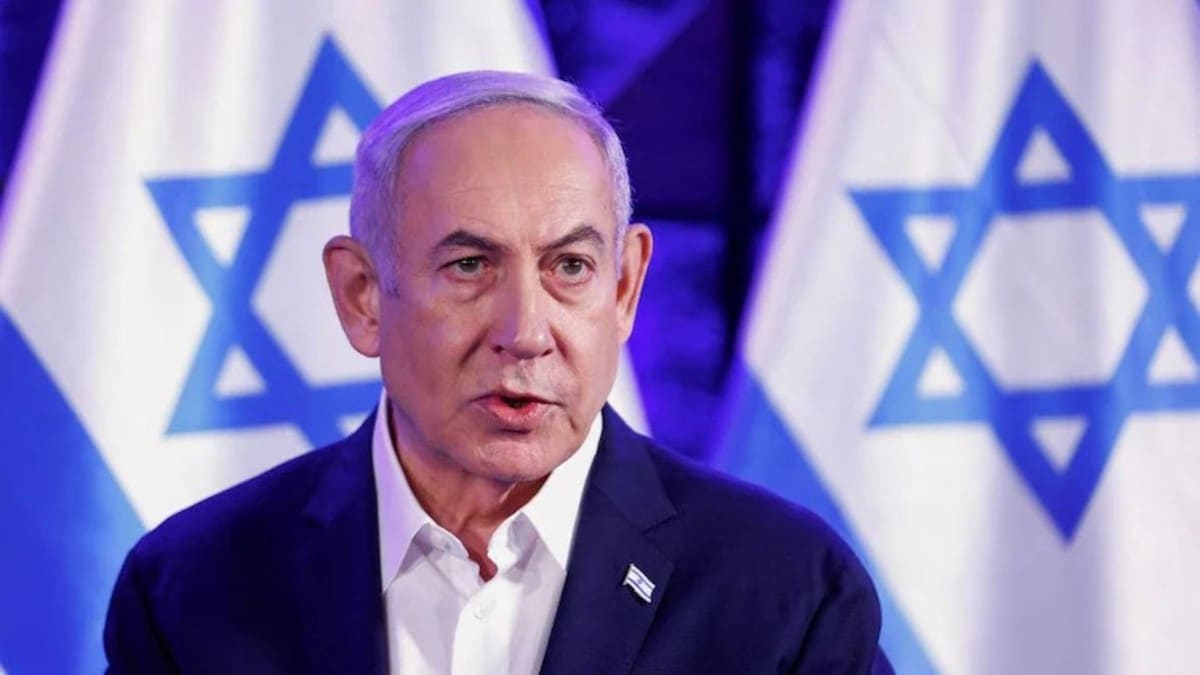The sculptural floral trend represents a new era for fashion—one where artistry, individuality, and heritage coexist.
Florals have long been a staple of
fashion—timeless, romantic, and endlessly versatile. But in 2025, florals are undergoing a dramatic transformation. Gone are the days of soft, ditsy blooms or predictable floral embroidery; this year, designers are taking florals to the next level with three-dimensional appliqués, oversized prints, and sculptural silhouettes. Fashion houses across the globe are treating florals not just as a print but as an art form, elevating them into bold, architectural statements.
And leading this charge is none other than Sonam Kapoor, Bollywood’s undisputed style queen. Known for her penchant for couture and risk-taking fashion choices, Kapoor has turned sculptural florals into a personal signature. Alongside international icons like Zendaya, Rihanna, and Gigi Hadid, Kapoor has helped cement florals as one of 2025’s most innovative and high-fashion trends.
From Runway Staples to Red Carpet Drama
Florals are no stranger to the runway, but this year’s shows in Paris, Milan, and Mumbai made it clear that designers are reimagining the motif with fresh creativity. Haute couture brands such as Giambattista Valli, Schiaparelli, and Loewe showcased dresses adorned with voluminous rose-shaped shoulder pads, cascading petal skirts, and lifelike floral sculptures crafted from organza and silk. These weren’t just garments; they were wearable installations.

Indian designers have also embraced this shift. Rahul Mishra, for instance, has elevated florals through intricate 3D embroidery and nature-inspired couture, while Gaurav Gupta has added sculptural floral accents to his futuristic eveningwear. The result is a fusion of craftsmanship and innovation that celebrates florals in a bold, avant-garde way.
On the red carpet, Sonam Kapoor has been at the forefront of this movement. Her recent appearance at the Cannes Film Festival in a floor-length gown covered in oversized, hand-painted lotus appliqués by an Indian designer turned heads worldwide. Kapoor’s look struck the perfect balance between couture artistry and cultural homage, proving that florals can be deeply rooted in tradition yet strikingly modern.
A Symbol of Femininity Reinvented
Historically, floral prints have been associated with femininity, softness, and springtime freshness. But 2025’s interpretation is far more nuanced. The sculptural floral trend redefines femininity as powerful and commanding. These designs use bold textures, exaggerated silhouettes, and intricate detailing to create a sense of strength, artistry, and individuality.
Zendaya’s recent Met Gala look, featuring an oversized floral bodice by Valentino, was a masterclass in this reinvention. Rather than blending into her gown, the flowers took center stage, acting as sculptural art pieces that challenged conventional ideas of beauty. Similarly, Kapoor’s experimental sari-gown hybrids with floral detailing demonstrate how Indian fashion is evolving beyond traditional embellishments to embrace global couture trends.
The Intersection of Craft and Technology
What makes this trend particularly fascinating is the blend of traditional craftsmanship and cutting-edge technology. Indian designers, known for their hand embroidery and intricate textile techniques, are now incorporating 3D printing, laser cutting, and structural fabrics to bring florals to life. This marriage of old and new makes each garment a piece of art.
For instance, couture labels are experimenting with metallic fabrics to create petals that hold their shape, while lightweight tulle and organza are being layered to mimic natural floral textures. Designers like Iris van Herpen have pioneered this blend of artistry and innovation, influencing Indian couturiers and Hollywood stylists alike.

How Celebrities Are Wearing It
This trend is not limited to red carpets—it’s also influencing editorial styling, brand campaigns, and even bridal fashion. Sonam Kapoor’s floral-heavy photoshoots have gone viral for their experimental edge, while actresses like Alia Bhatt and Deepika Padukone have embraced floral embroidery with a modern twist for film promotions and weddings.
In Hollywood, Gigi Hadid and Zendaya have showcased bold floral headpieces and gowns, proving the versatility of this style. These looks are often paired with minimal accessories, letting the florals themselves serve as the focal point. The rise of this trend has also influenced bridal couture, with brides opting for voluminous floral detailing and sculptural veils over traditional embroidery-heavy designs.
Florals in Indian Fashion: A Cultural Renaissance
For Indian designers, florals have always been a mainstay. Traditional textiles like Banarasi silk, Chikankari embroidery, and Kashmiri shawls feature intricate floral patterns. What makes 2025’s floral moment exciting is how these heritage techniques are being elevated for a global stage. Designers like Anita Dongre and Tarun Tahiliani are blending old-world embroidery with sculptural couture silhouettes, allowing Indian florals to stand shoulder-to-shoulder with European luxury fashion.

Sonam Kapoor, often seen as a bridge between Bollywood and international fashion, is instrumental in this evolution. Her bold choices showcase Indian craftsmanship while also embracing futuristic design, creating a unique space for South Asian fashion in the global spotlight.
The Future of Florals
As celebrities and designers push creative boundaries, florals are no longer just a symbol of softness; they are a testament to power, creativity, and storytelling. For Indian fashion enthusiasts, this trend offers the best of both worlds: a celebration of heritage embroidery and a nod to international couture innovation. And with style icons like Sonam Kapoor leading the way, florals in 2025 are no longer a predictable print but a bold, sculptural statement shaping the future of fashion.a
















